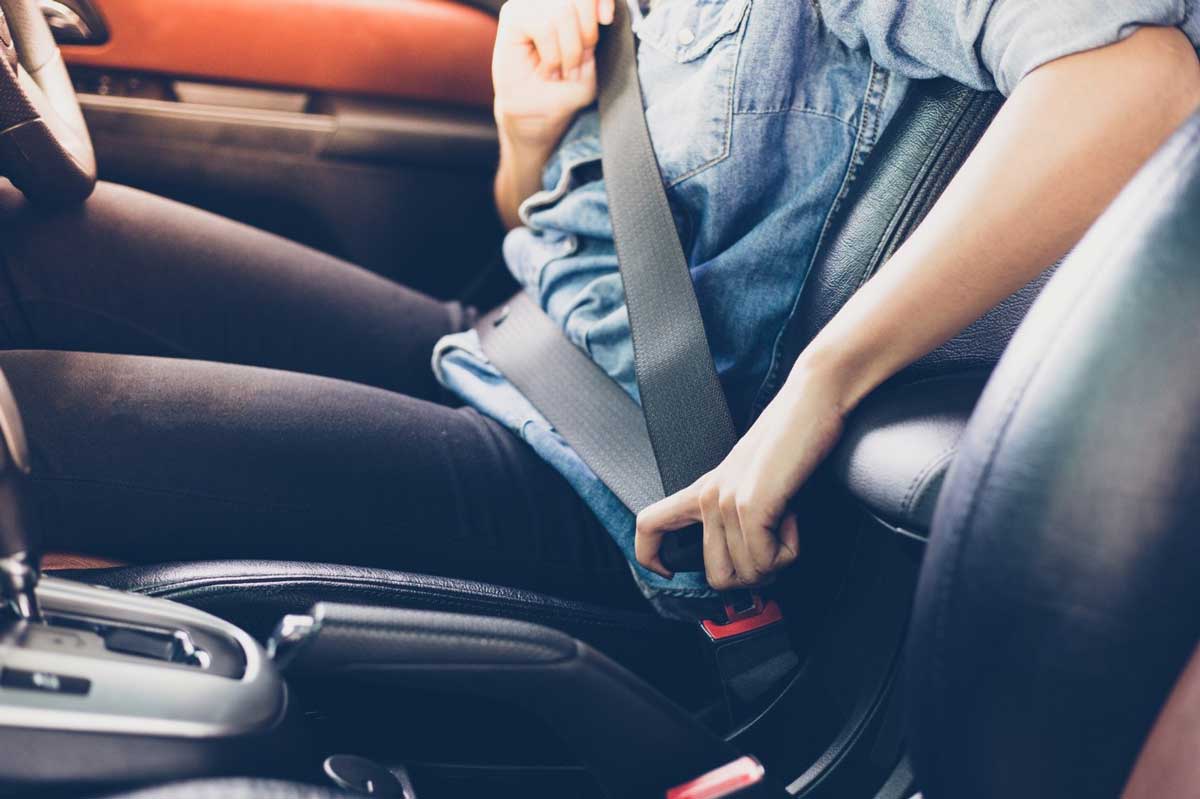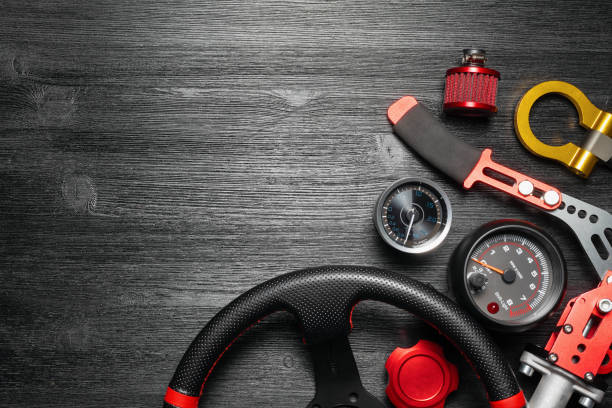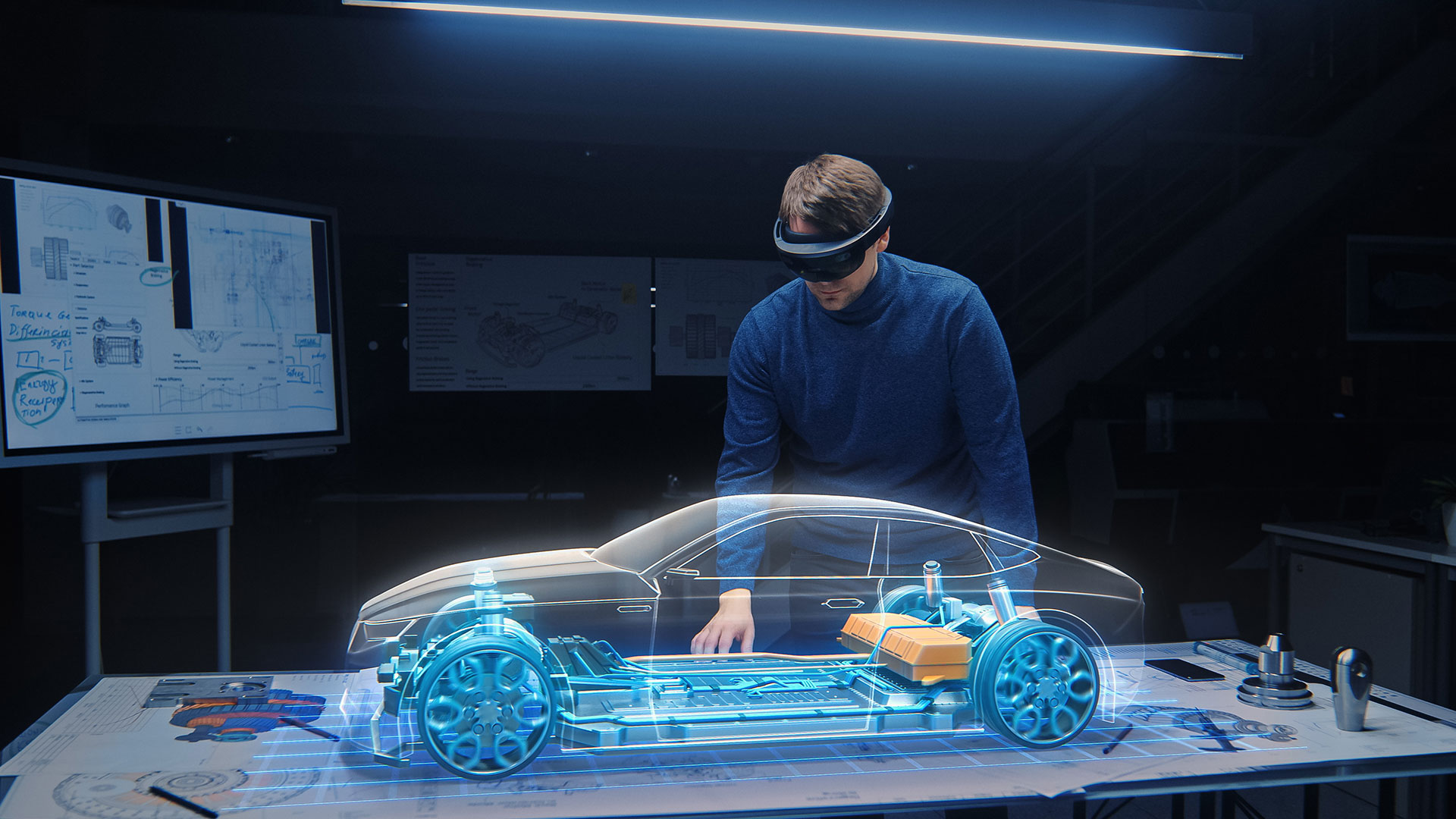
Car Safety: Essential Tips for Protecting Yourself and Your Passengers on the Road
1. Why Car Safety Matters
Car safety is about more than just avoiding accidents—it’s about minimizing the risks associated with driving and ensuring your car is equipped to protect you during an emergency. A safe car offers features and systems that:
- Protect drivers and passengers in the event of an accident.
- Prevent accidents by reducing the likelihood of collisions.
- Enhance the vehicle’s performance to ensure better control, handling, and visibility on the road.
According to the National Highway Traffic Safety Administration (NHTSA), traffic accidents continue to be one of the leading causes of injury and death globally. By prioritizing safety, we can significantly reduce the risk of accidents and the severity of their consequences.
2. Key Car Safety Features
Modern vehicles come equipped with a variety of safety features designed to protect you in the event of a collision, prevent accidents from happening, and enhance visibility. Here are some of the most important safety features to be aware of:
a. Seat Belts
Seat belts are the most fundamental and effective https://sockit forward.com feature in any vehicle. They keep passengers securely in place during a collision, reducing the risk of serious injury or death. Always wear your seat belt, and ensure all passengers are buckled up, regardless of their seat position.
- How to use: Ensure the seat belt is snug across your lap and chest. Avoid wearing it under your arm or behind your back, as this reduces its effectiveness.
b. Airbags
Airbags provide an additional layer of protection by inflating rapidly during a collision to cushion the driver and passengers from impact. Most modern vehicles come equipped with front airbags, side-impact airbags, and curtain airbags.
- How they work: When a vehicle senses an impact, sensors deploy airbags to protect the occupants. Always ensure your seat is positioned correctly to avoid injuries from airbag deployment.
c. Anti-lock Braking System (ABS)
ABS helps prevent your car’s wheels from locking up during an emergency stop, which allows you to maintain steering control and avoid skidding. This system significantly reduces the risk of accidents, particularly in wet or slippery conditions.
- How it works: When you brake hard, ABS modulates brake pressure to prevent the wheels from locking, improving stopping distance and control.
d. Electronic Stability Control (ESC)
ESC helps prevent skidding and loss of control by automatically applying brakes to individual wheels when the system detects a loss of traction. This is especially useful in conditions like ice, snow, or wet roads.
- How it works: If the car begins to skid or slide, ESC can apply brakes to specific wheels to help stabilize the vehicle and prevent a rollover.
e. Lane Departure Warning (LDW)
Lane Departure Warning systems alert the driver if the car begins to drift out of its lane without signaling. It helps prevent accidents caused by distracted driving or unintentional lane changes.
- How it works: The system uses cameras or sensors to monitor lane markings and alerts the driver with visual or audible warnings if the vehicle unintentionally drifts.
f. Forward Collision Warning (FCW)
FCW systems use radar or cameras to monitor the road ahead and warn the driver if an impending collision is detected. Some systems may also apply the brakes automatically to prevent or reduce the severity of an accident.
- How it works: If the system detects an object (such as another car) in the vehicle’s path, it will alert the driver with a warning signal. In some cars, the system can also autonomously apply the brakes.
g. Blind Spot Monitoring (BSM)
Blind Spot Monitoring alerts drivers to the presence of vehicles in their blind spots, making it easier to change lanes safely. This feature is especially helpful during highway driving or when changing lanes in busy traffic.
- How it works: Sensors located in the rear corners of the car detect vehicles in adjacent lanes and alert the driver if it is unsafe to switch lanes.
h. Rearview Camera
A rearview camera helps prevent accidents when reversing by providing a clear view of what’s behind you. This feature is especially useful in parking lots or tight spaces, where visibility can be limited.
- How it works: A camera mounted on the rear of the car displays a live feed of the area behind the vehicle on the dashboard screen, helping you avoid obstacles or pedestrians.
i. Tire Pressure Monitoring System (TPMS)
The TPMS alerts the driver when tire pressure is too low, helping prevent tire blowouts and improving vehicle handling. Proper tire pressure also helps ensure optimal fuel efficiency and wear.
- How it works: Sensors in each tire monitor pressure and trigger a warning light if the pressure falls below the recommended level.
3. Safe Driving Habits
While having a safe car is important, practicing safe driving habits is equally essential for avoiding accidents and minimizing risks on the road. Here are some key safety tips:
a. Obey Traffic Laws
Following traffic laws, such as speed limits, traffic signs, and signals, helps ensure that you drive in a safe and predictable manner, reducing the risk of accidents.
- Tip: Stay aware of your surroundings and adjust your driving speed according to road conditions, even if you’re driving under the speed limit.
b. Avoid Distractions
Distracted driving is one of the leading causes of accidents. Texting, using your phone, or engaging in other distractions behind the wheel can take your focus off the road.
- Tip: Keep your phone out of reach, use hands-free options when making calls, and avoid eating or adjusting the radio while driving.
c. Keep a Safe Following Distance
Tailgating or following too closely increases the likelihood of rear-end collisions. Maintaining a safe following distance allows you time to react if the vehicle ahead stops suddenly.
- Tip: Use the “three-second rule”—ensure that there is at least three seconds between your car and the vehicle in front of you, and increase the distance in poor weather or heavy traffic.
d. Use Your Lights Properly
Ensure that your headlights and taillights are functioning properly, and use them when necessary, especially in low visibility conditions such as fog, rain, or night driving.
- Tip: Always use your headlights in low-visibility conditions, and remember to turn them off when you park your car to avoid draining the battery.
e. Be Cautious in Inclement Weather
Bad weather can drastically affect driving conditions, so it’s essential to adjust your driving when facing rain, snow, or fog. Slow down, increase your following distance, and be extra cautious.
- Tip: If weather conditions are extremely poor, consider postponing your trip or seeking shelter until the weather improves.
f. Don’t Drive Under the Influence
Driving under the influence of alcohol or drugs significantly impairs your reaction time, judgment, and coordination, making it a dangerous and often fatal decision.
- Tip: Always designate a sober driver or use a rideshare service if you plan on drinking or taking medications that impair your ability to drive.
4. Regular Car Maintenance for Safety
In addition to driving safely, maintaining your vehicle’s safety features is vital. Regularly check essential components, such as:
- Brakes: Ensure the brake pads and fluid are in good condition.
- Tires: Check tire pressure and tread depth regularly.
- Lights: Ensure all headlights, taillights, and turn signals are working.
- Wipers: Replace wiper blades if they’re worn or ineffective.
- Battery: Check for signs of corrosion and ensure the battery is fully charged.
Conclusion
Car safety is essential for protecting yourself, your passengers, and others on the road. By understanding the safety features your car offers, adopting safe driving habits, and keeping up with regular maintenance, you can minimize the risk of accidents and enjoy a safer driving experience. Always remember, the road is unpredictable, but by prioritizing safety, you can significantly reduce the chances of encountering a dangerous situation.


